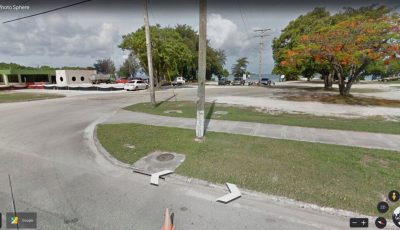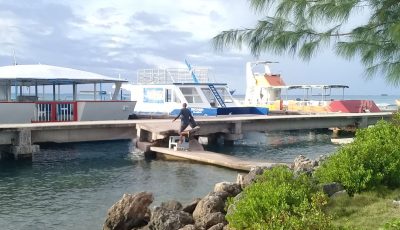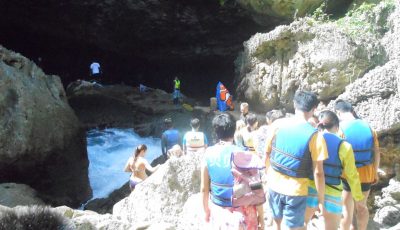DLNR to look at fisheries data gap
The CNMI is looking to examine “the gap” in fisheries data that occur during the late and early hours of a day. Department of Land and Natural Resources acting secretary Richard Seman met with personnel from the Pacific Islands Fisheries Center this month to talk about efforts to improve these missing spots in fish data collection.
Seman said PIFC has worked with the Division of Fish and Wildlife staff on fishery data collection on activities from trolling, to hook and line fishing, but one of the things they are focusing on now is what they call “the gap.”
Seman said there are government operations from 4am to 10pm, for example, surveying and weighing fish and interviewing fishermen—but the gap, he said, would be for what occurs between 10pm to 4am.
“We are looking at ways in which we can address that gap by perhaps creating new jobs or responsibilities that focuses on those particular timeline…Right now, the current staffing of the Division and Fish and Wildlife is enough for the kind of schedule that they have but to start working on the other hours may require additional staffing,” he said.
These are the areas, or particular challenges, PISCF is trying to address, he said. “They are willing to put up the funds for that,” he added.
He said this would allow the CNMI to further monitor their resources to see if they are overfishing, if they are fishing sustainably, or even if something is happening to fisheries like habitat destruction from erosion choking up coral reefs, for example.
“Those are things that we have to constantly monitor, to see if we are doing okay or not. We don’t want to worry or start working on this later on, when it’s too late.”
He added the future work would look at population baselines established in years past. “We are comparing those baselines with what’s happening,” he said.
Seman met with PIFC’s insular fisheries monitoring program manager Kimberly Lowe.
PIFC’s Fisheries Monitoring and Analysis program provides fishery information to affected fishers, members of the fishing community, and other constituents on federally regulated fisheries and emerging regulatory issues. They also monitor the catch and effort by U.S. longline fishing vessels in the Western Pacific region, using the data in various PIFSC in-house research programs, and disseminating it abroad as summaries for stock assessments and other studies.



























